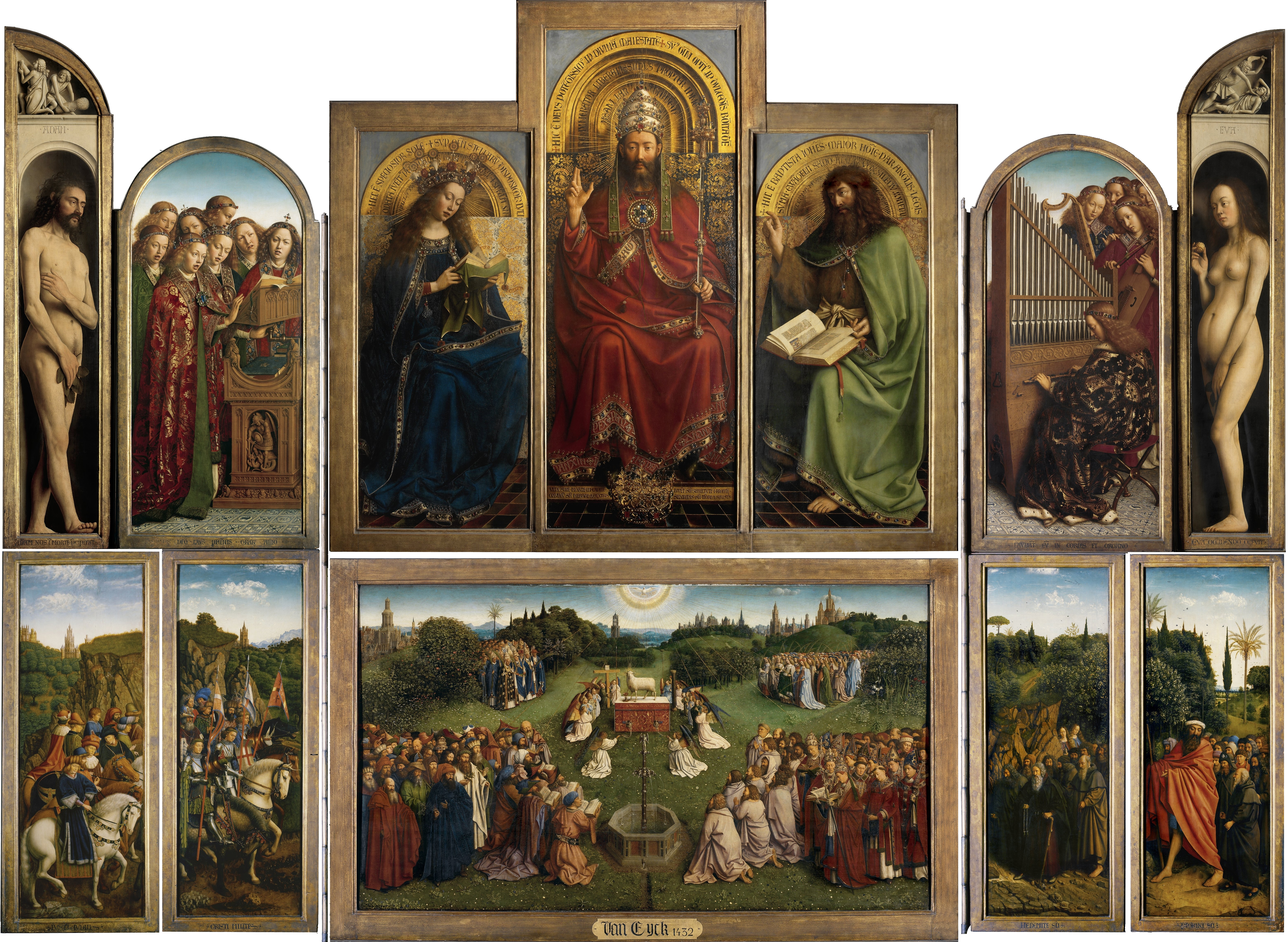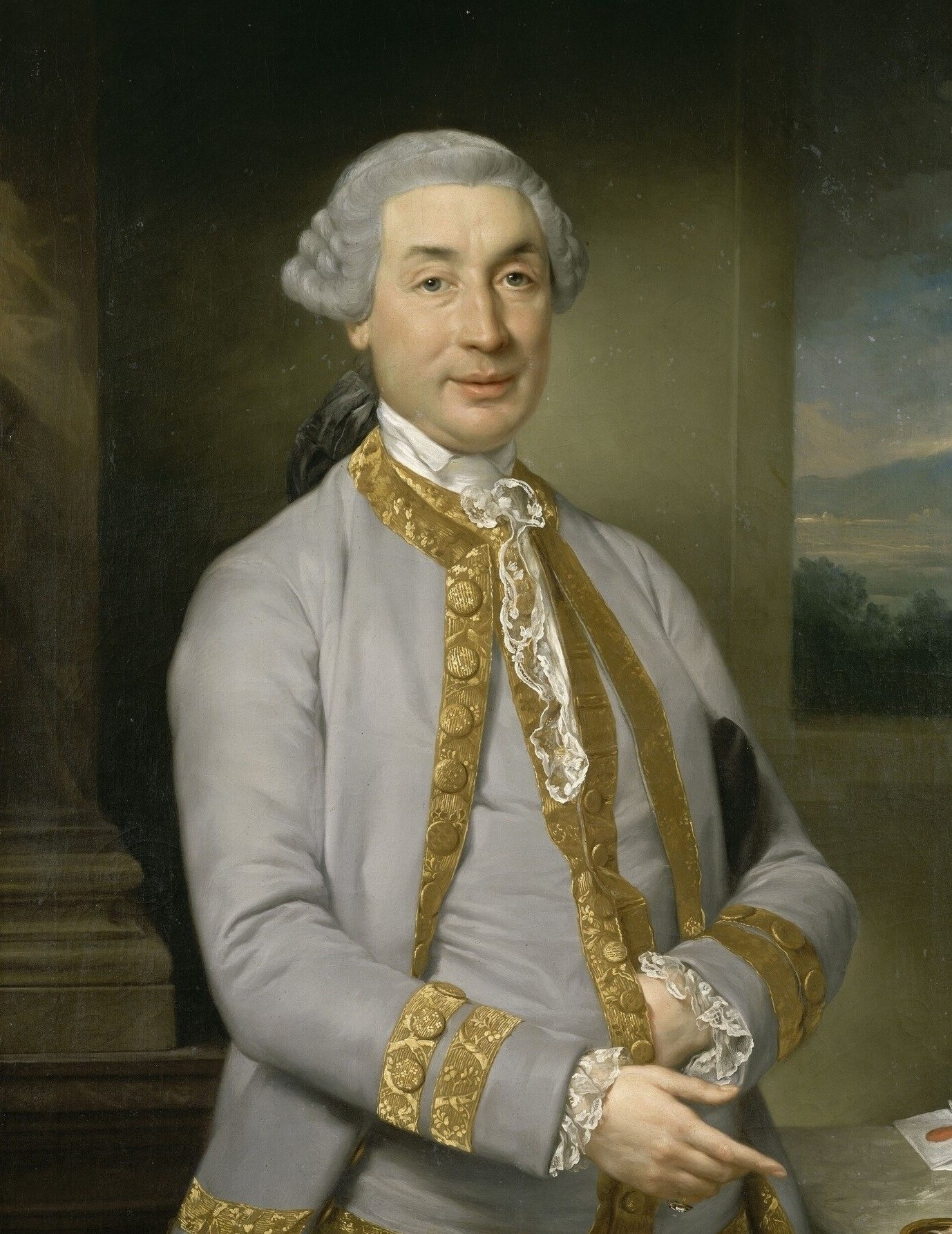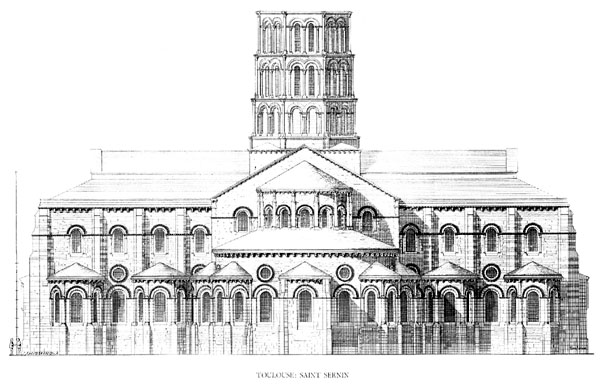|
Senez Cathedral
Senez Cathedral (''Cathédrale Notre-Dame-de-l'Assomption de Senez'') is a Roman Catholic church and former cathedral, and national monument of France, in Senez. It was formerly the seat of the Bishopric of Senez, abolished under the Concordat of 1801, when its territory was added to the Diocese of Digne. Building history The present Romanesque church stands on the site of several older cathedral buildings, but itself dates from the 12th-13th centuries. Construction started in 1176 and the cathedral was consecrated on 22 October 1246. It suffered severely in the French Wars of Religion and its belltower was destroyed by Protestants. It was rebuilt in the 17th century. It is particularly known for its church furnishings. The tapestries (seven by Aubusson, end of the 17th century, and one by Audemar of Enghien, end of the 16th century) were presented by Monseigneur de Ruffo Bonneval (bishop of Senez 1783–1784) to mark the completion of the restoration. Napoleon I passed throu ... [...More Info...] [...Related Items...] OR: [Wikipedia] [Google] [Baidu] |
Senez - Cathédrale Notre-Dame-de-l'Assomption -190
Senez is a commune in the Alpes-de-Haute-Provence department in southeastern France. Ecclesiastical history Marcellus I, the first known bishop of Senez, attended the Council of Agde in 506 CE; nevertheless, Senez must have been an episcopal city as early as 439 CE. Jean IV Soanen, the Oratorian, noted for his opposition to the Bull "Unigenitus", was Bishop of Senez from 1696 until the time of his deposition in 1727. By the Concordat of 1801, the diocese of Digne was made to include the two departments of the Hautes-Alpes and Basses Alpes, in addition to the former diocese of Digne, the archdiocese of Embrun, the dioceses of Gap, Sisteron, and Senez, a very considerable part of the diocese of Glandèves and diocese of Riez, and fourteen parishes in the Archdiocese of Aix and the Diocese of Apt. In 1822 Gap was made an episcopal see and, thus divested of the department of the Hautes Alpes, the present diocese of Digne covers the territory formerly included in the dioceses of Di ... [...More Info...] [...Related Items...] OR: [Wikipedia] [Google] [Baidu] |
Protestants
Protestantism is a Christian denomination, branch of Christianity that follows the theological tenets of the Reformation, Protestant Reformation, a movement that began seeking to reform the Catholic Church from within in the 16th century against what its followers perceived to be growing Criticism of the Catholic Church, errors, abuses, and discrepancies within it. Protestantism emphasizes the Christian believer's justification by God in faith alone (') rather than by a combination of faith with good works as in Catholicism; the teaching that Salvation in Christianity, salvation comes by Grace in Christianity, divine grace or "unmerited favor" only ('); the Universal priesthood, priesthood of all faithful believers in the Church; and the ''sola scriptura'' ("scripture alone") that posits the Bible as the sole infallible source of authority for Christian faith and practice. Most Protestants, with the exception of Anglo-Papalism, reject the Catholic doctrine of papal supremacy, ... [...More Info...] [...Related Items...] OR: [Wikipedia] [Google] [Baidu] |
Sundial
A sundial is a horological device that tells the time of day (referred to as civil time in modern usage) when direct sunlight shines by the apparent position of the Sun in the sky. In the narrowest sense of the word, it consists of a flat plate (the ''dial'') and a gnomon, which casts a shadow onto the dial. As the Sun appears to move through the sky, the shadow aligns with different hour-lines, which are marked on the dial to indicate the time of day. The ''style'' is the time-telling edge of the gnomon, though a single point or ''nodus'' may be used. The gnomon casts a broad shadow; the shadow of the style shows the time. The gnomon may be a rod, wire, or elaborately decorated metal casting. The style must be parallel to the axis of the Earth's rotation for the sundial to be accurate throughout the year. The style's angle from horizontal is equal to the sundial's geographical latitude. The term ''sundial'' can refer to any device that uses the Sun's altitude or az ... [...More Info...] [...Related Items...] OR: [Wikipedia] [Google] [Baidu] |
Altarpiece
An altarpiece is an artwork such as a painting, sculpture or relief representing a religious subject made for placing at the back of or behind the altar of a Christian church. Though most commonly used for a single work of art such as a painting or sculpture, or a set of them, the word can also be used of the whole ensemble behind an altar, otherwise known as a reredos, including what is often an elaborate frame for the central image or images. Altarpieces were one of the most important products of Christian art especially from the late Middle Ages to the era of the Counter-Reformation. Many altarpieces have been removed from their church settings, and often from their elaborate sculpted frameworks, and are displayed as more simply framed paintings in museums and elsewhere. History Origins and early development Altarpieces seem to have begun to be used during the 11th century, with the possible exception of a few earlier examples. The reasons and forces that led to the develo ... [...More Info...] [...Related Items...] OR: [Wikipedia] [Google] [Baidu] |
Lectern
A lectern is a reading desk with a slanted top, on which documents or books are placed as support for reading aloud, as in a scripture reading, lecture, or sermon. A lectern is usually attached to a stand or affixed to some other form of support. To facilitate eye contact and improve posture when facing an audience, lecterns may have adjustable height and slant. People reading from a lectern, called lectors, generally do so while standing. In pre-modern usage, the word ''lectern'' was used to refer specifically to the "reading desk or stand ... from which the Scripture lessons (''lectiones'') ... are chanted or read." One 1905 dictionary states that "the term is properly applied only to the class mentioned hurch book standsas independent of the pulpit." By the 1920s, however, the term was being used in a broader sense; for example, in reference to a memorial service in Carnegie Hall, it was stated that "the lectern from which the speakers talked was enveloped in black." Academ ... [...More Info...] [...Related Items...] OR: [Wikipedia] [Google] [Baidu] |
Choir Stalls
A choir, also sometimes called quire, is the area of a church or cathedral that provides seating for the clergy and church choir. It is in the western part of the chancel, between the nave and the sanctuary, which houses the altar and Church tabernacle. In larger medieval churches it contained choir-stalls, seating aligned with the side of the church, so at right-angles to the seating for the congregation in the nave. Smaller medieval churches may not have a choir in the architectural sense at all, and they are often lacking in churches built by all denominations after the Protestant Reformation, though the Gothic Revival revived them as a distinct feature. As an architectural term "choir" remains distinct from the actual location of any singing choir – these may be located in various places, and often sing from a choir-loft, often over the door at the liturgical western end. In modern churches, the choir may be located centrally behind the altar, or the pulpit. The back-ch ... [...More Info...] [...Related Items...] OR: [Wikipedia] [Google] [Baidu] |
Napoleon I
Napoleon Bonaparte ; it, Napoleone Bonaparte, ; co, Napulione Buonaparte. (born Napoleone Buonaparte; 15 August 1769 – 5 May 1821), later known by his regnal name Napoleon I, was a French military commander and political leader who rose to prominence during the French Revolution and led successful campaigns during the Revolutionary Wars. He was the ''de facto'' leader of the French Republic as First Consul from 1799 to 1804, then Emperor of the French from 1804 until 1814 and again in 1815. Napoleon's political and cultural legacy endures to this day, as a highly celebrated and controversial leader. He initiated many liberal reforms that have persisted in society, and is considered one of the greatest military commanders in history. His wars and campaigns are studied by militaries all over the world. Between three and six million civilians and soldiers perished in what became known as the Napoleonic Wars. Napoleon was born on the island of Corsica, not long aft ... [...More Info...] [...Related Items...] OR: [Wikipedia] [Google] [Baidu] |
Enghien
Enghien (; nl, Edingen ; pcd, Inguî; vls, Enge) is a city and municipality of Wallonia located in the province of Hainaut, Belgium. On 1January 2006, Enghien had a total population of 11,980. The total area is , which gives a population density of 295 inhabitants per km². The municipality consists of the following districts: Enghien, Marcq, and Petit-Enghien. It is situated on Flemish border, and restricted language rights are granted to the Dutch speaking minority (so-called language facilities). History Enghien gave its name to a French duchy and to the commune of Enghien-les-Bains, a suburb of Paris, due to a complex series of family successions: in 1487, Mary of Luxembourg (d. 1547), the only heir of Peter II of Luxembourg (d. 1482), Count of Saint-Pol-sur-Ternoise and member of one of the branches of the House of Luxembourg, married François de Bourbon-Vendôme (d. 1495), the great-grandfather of King Henry IV of France. Mary of Luxembourg brought as her dow ... [...More Info...] [...Related Items...] OR: [Wikipedia] [Google] [Baidu] |
Aubusson, Creuse
Aubusson (; Occitan auvergnat: ''Le Buçon'', formerly ''Aubuçon'') is a commune in the Creuse department region in central France. Geography Aubusson is situated in the southern part of the ''département'', at the confluence of the rivers Creuse and Beauze. The route nationale N141 goes through the town. History Local lore previously held that the community was settled by defeated Berbers following the 8th-century Battle of Tours, but it is now established that Aubusson has existed at least since the Gallo-Roman period. The Camp des Châtres, within the town's boundaries, for a long time considered a Roman fort, actually dates back a little further, to the Iron Age. The town was known as ''Albuciensis'' in 936 and under the name '' Albuconis'' in 1070. The name possibly originates from a name of a man, Albucius Other scholars claim the name is from a Celtic word meaning '' craggy''. In the Middle Ages the town was ruled by viscounts. The vicecomital family also prod ... [...More Info...] [...Related Items...] OR: [Wikipedia] [Google] [Baidu] |
French Wars Of Religion
The French Wars of Religion is the term which is used in reference to a period of civil war between French Catholics and Protestants, commonly called Huguenots, which lasted from 1562 to 1598. According to estimates, between two and four million people died from violence, famine or diseases which were directly caused by the conflict; additionally, the conflict severely damaged the power of the French monarchy. The fighting ended in 1598 when Henry of Navarre, who had converted to Catholicism in 1593, was proclaimed Henry IV of France and issued the Edict of Nantes, which granted substantial rights and freedoms to the Huguenots. However, the Catholics continued to have a hostile opinion of Protestants in general and they also continued to have a hostile opinion of him as a person, and his assassination in 1610 triggered a fresh round of Huguenot rebellions in the 1620s. Tensions between the two religions had been building since the 1530s, exacerbating existing regional divisi ... [...More Info...] [...Related Items...] OR: [Wikipedia] [Google] [Baidu] |
Roman Catholic
Roman or Romans most often refers to: *Rome, the capital city of Italy *Ancient Rome, Roman civilization from 8th century BC to 5th century AD *Roman people, the people of ancient Rome *''Epistle to the Romans'', shortened to ''Romans'', a letter in the New Testament of the Christian Bible Roman or Romans may also refer to: Arts and entertainment Music *Romans (band), a Japanese pop group * ''Roman'' (album), by Sound Horizon, 2006 * ''Roman'' (EP), by Teen Top, 2011 *"Roman (My Dear Boy)", a 2004 single by Morning Musume Film and television *Film Roman, an American animation studio * ''Roman'' (film), a 2006 American suspense-horror film * ''Romans'' (2013 film), an Indian Malayalam comedy film * ''Romans'' (2017 film), a British drama film * ''The Romans'' (''Doctor Who''), a serial in British TV series People * Roman (given name), a given name, including a list of people and fictional characters * Roman (surname), including a list of people named Roman or Romans *Ῥωμα� ... [...More Info...] [...Related Items...] OR: [Wikipedia] [Google] [Baidu] |
Romanesque Architecture
Romanesque architecture is an architectural style of medieval Europe characterized by semi-circular arches. There is no consensus for the beginning date of the Romanesque style, with proposals ranging from the 6th to the 11th century, this later date being the most commonly held. In the 12th century it developed into the Gothic style, marked by pointed arches. Examples of Romanesque architecture can be found across the continent, making it the first pan-European architectural style since Imperial Roman architecture. The Romanesque style in England and Sicily is traditionally referred to as Norman architecture. Combining features of ancient Roman and Byzantine buildings and other local traditions, Romanesque architecture is known by its massive quality, thick walls, round arches, sturdy pillars, barrel vaults, large towers and decorative arcading. Each building has clearly defined forms, frequently of very regular, symmetrical plan; the overall appearance is one of simpli ... [...More Info...] [...Related Items...] OR: [Wikipedia] [Google] [Baidu] |


.jpg)


